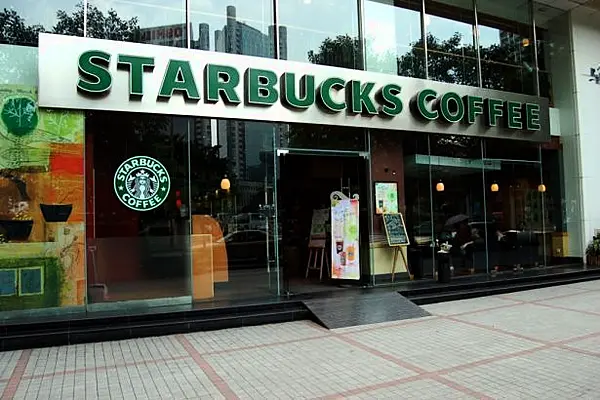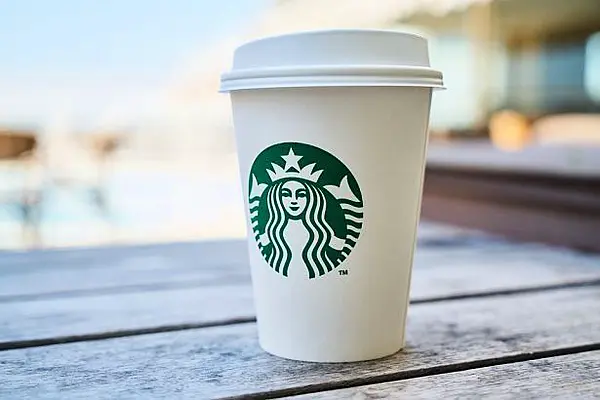Starbucks plans to increase its global tea business to $3 billion over the next five years as its starts selling its new line of tea drinks, known as Teavana, across the Asia Pacific region Monday following the products’ entry in China last week.
China is Starbucks’ fastest-growing market and the Seattle-based coffee chain is opening 500 stores a year in the world’s most populous nation, aiming for a total of 3,400 stores by 2019.
The company is looking to China for growth momentum, honing in on China’s 63.2 billion yuan ($9.5 billion) tea fixation, which is almost ten times bigger than the country’s coffee market. Starbucks’ new tea products may also align with Chinese consumer’s growing demand for products aimed at promoting healthy lifestyles.
“The health trend is growing strongly across Asia, and as with most things, uptake of new trends in China tends to be faster than the rest of the world,” said Matthew Crabbe, Mintel Group Ltd.’s head of Asia-Pacific research. “There is a strong tea identity in Asia and it also chimes well with the particularly Asian view of healthcare as being centered around prevention, rather than cure. Because of this, tea-based products are likely to see strong growth."
Tea Culture
Starbucks acquired Teavana, a line of teas and tea houses, in 2012, and says the drinks have done well in its U.S stores. American consumers seeking out healthier food and drink options have propelled its tea business to grow 12 percent last year, with best-seller iced tea growing at 29 percent.
In China, the much larger market for tea drinkers is growing at about 6 percent, roughly the same pace as coffee. For Asia, where tea-drinking is a well-developed habit, Starbucks had to invent tea drinks in bolder and more sophisticated combinations to catch consumers’ eyes.
With the rich tea culture here, we couldn’t have beverages that are expected or common, or we could not give consumers that feeling of premiumization and of being different,” Vera Wang, the company’s director for product line innovation in China and Asia Pacific, said in an interview Monday.
For Asia, its offerings include black tea with ruby grapefruit and honey and green tea with aloe and prickly pear, relatively more complex recipes compared to U.S bestsellers like mango black tea and peach green tea.
Starbucks may already be late to the game, with growth in China’s tea market slowing to 5.8 percent last year, after steadily decelerating from an 18 percent growth rate in 2010, according to data from Euromonitor International.
"Tea is, of course, a mature market in Asia,” said Crabbe. “It’s been around for thousands of years and we saw how rapidly bubble tea took off among teen consumers across Asia several years ago. But as those younger consumers get older, they will trade to something more sophisticated, which is where Teavana could fit in."
News by Bloomberg, edited by Hospitality Ireland









